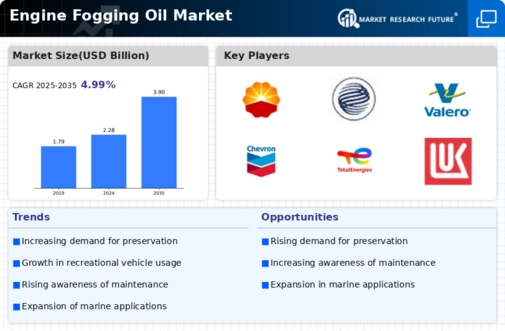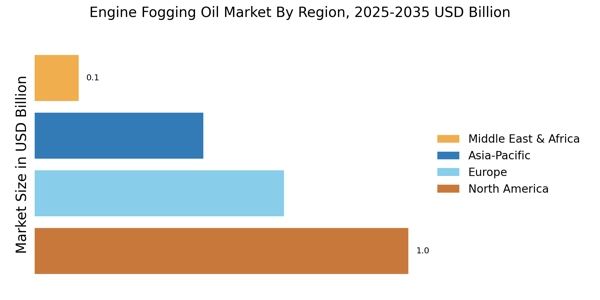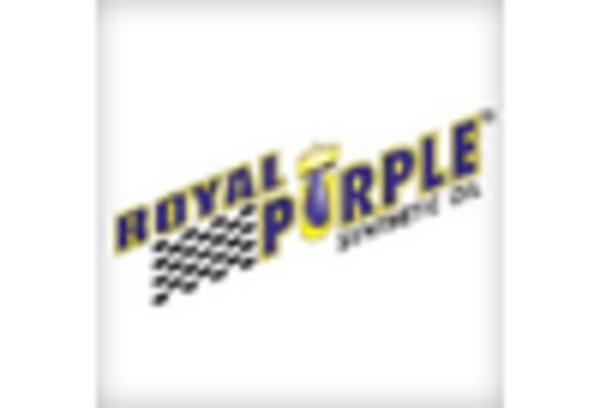Expansion of Automotive Aftermarket
The Engine Fogging Oil Market is experiencing growth due to the expansion of the automotive aftermarket sector. As vehicle ownership increases, the need for maintenance products, including engine fogging oil, becomes more pronounced. The aftermarket is projected to grow at a compound annual growth rate (CAGR) of around 5% over the next few years. This growth is driven by consumers' increasing awareness of the importance of engine care and maintenance. Engine fogging oil plays a crucial role in protecting engines from corrosion and wear during periods of inactivity. Consequently, the Engine Fogging Oil Market stands to gain from the rising demand for aftermarket products.
Rising Demand for Marine Applications
The Engine Fogging Oil Market is likely to benefit from the increasing demand for marine applications. As boating and water sports gain popularity, the need for effective engine maintenance solutions becomes critical. Engine fogging oil is specifically designed to protect marine engines from moisture and corrosion during storage. Recent statistics indicate that the marine industry is projected to grow at a CAGR of 6% in the coming years. This growth is expected to drive the demand for engine fogging oil, as boat owners seek to ensure the longevity and reliability of their engines. The Engine Fogging Oil Market is thus well-positioned to capitalize on this trend.
Increase in Recreational Vehicle Usage
The Engine Fogging Oil Market appears to be positively influenced by the rising popularity of recreational vehicles (RVs) and boats. As more consumers engage in outdoor activities, the demand for engine fogging oil is likely to increase. This product is essential for protecting engines during off-seasons, particularly in marine and RV applications. According to recent data, the RV market has seen a steady growth rate of approximately 4% annually, which correlates with the rising need for maintenance products like engine fogging oil. The Engine Fogging Oil Market is thus positioned to benefit from this trend, as consumers prioritize engine longevity and performance.
Increased Focus on Preventive Maintenance
The Engine Fogging Oil Market is benefiting from a heightened focus on preventive maintenance among consumers. As individuals become more aware of the costs associated with engine repairs, there is a growing trend towards proactive care. Engine fogging oil serves as a preventive measure, protecting engines from damage during periods of inactivity. This shift in consumer behavior is reflected in the increasing sales of maintenance products, with the market for engine care solutions expected to grow at a CAGR of 5% in the near future. The Engine Fogging Oil Market is thus likely to thrive as consumers prioritize engine protection and longevity.
Technological Innovations in Product Formulation
The Engine Fogging Oil Market is witnessing advancements in product formulation, which may enhance performance and appeal to consumers. Innovations such as the development of biodegradable and environmentally friendly fogging oils are gaining traction. These formulations not only protect engines but also align with the growing consumer preference for sustainable products. The market for eco-friendly engine maintenance solutions is projected to expand significantly, with estimates suggesting a growth rate of 7% over the next few years. As manufacturers invest in research and development, the Engine Fogging Oil Market is likely to see an influx of innovative products that meet evolving consumer demands.


















Leave a Comment